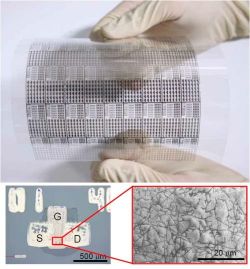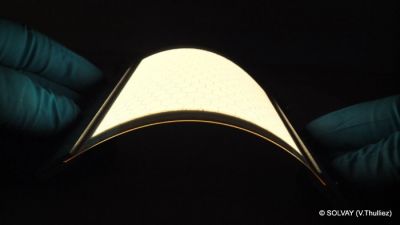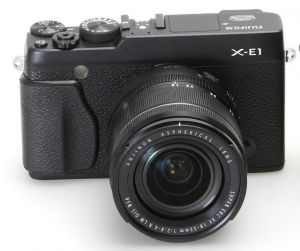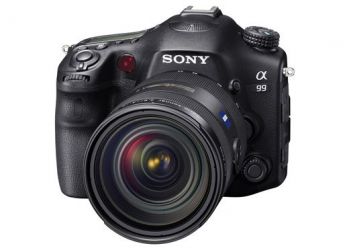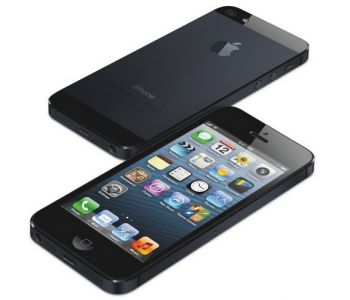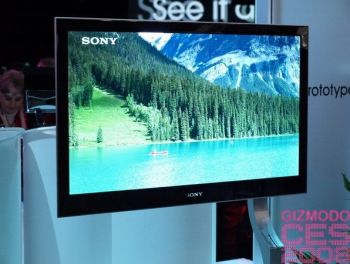LG patents a mobile UI that uses a bendable display
LG received a US patent (#8,271,047, applied to in 2008) that describes a mobile device interface that uses a bendable screen. LG's patented device uses two display - the top one is bendable while the bottom one is a rigid touch display. The user can bend or fold the top display to react with the device.

This seems to be a rather weird design. LG Display has plans to start mass producing flexible OLED panels in the second half of 2013, so such a device may see the light of day in the near future (although to be fair, these first flexible OLEDs will probably not be bendable).


